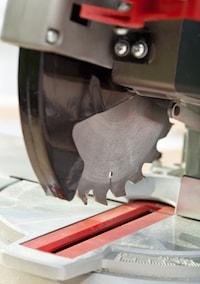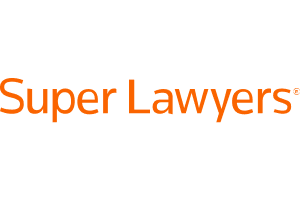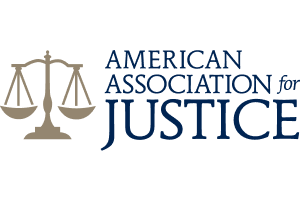Machine-Related Injuries

Construction sites are dangerous places. One of the sources of danger to construction workers is machinery with moving parts that are insufficiently guarded. Sometimes this is because the machine was improperly designed by its manufacturer. Sometimes this is because the contractor who owns the machine has negligently removed the manufacturer’s original safeguards. In either case, a construction worker injured by an insufficiently guarded machine likely can bring a personal injury claim against the negligent party.
Machines are heavily regulated by the Department of Labor and Industries, which was given this regulatory authority by the Washington State Legislature. In general, machine operators must be trained to operate specific machines before assigned to do so. WAC 296-155-035(2). Those same machine operators must be provided with proper clothing and gear so that they can safely operate the machines: that means eye protection if flying objects are involved, ear protection if the machine is noisy, no loose clothing or jewelry if such items can become ensnared in the machine’s moving parts and pull the worker into the machine, protective clothing if there is hot, sharp, or corrosive material involved, respirators if there is dust or other airborne contamination involved, etc. WAC 296-155-035(4).
Moreover, each machine must be situated so that its operator is removed from exposure to moving parts. This can be accomplished through the use of guards or by placement of the operating controls at a safe distance from the moving parts. WAC 296-806-20028. Suitable means of guarding or shielding must be used to safeguard all employees from the following:
- nip or shear point hazards (WAC 296-806-20030);
- rotating or revolving parts (WAC 296-806-20032);
- reciprocating or other moving parts (WAC 296-806-20034);
- flying objects (WAC 296-806-20036);
- falling objects (WAC 296-806-20038; and
- moving surfaces (WAC 296-806-20040).
Guards themselves must not create additional hazards such as sharp edges or pinch points, and must meet the following requirements:
- be durable;
- be strong enough to withstand the forces to which they are exposed;
- be securely fastened to the machine or building structure;
- prevent hands or other body parts from reaching through, over, under, or around the guard and into the hazard area; and
- prevent objects or debris from falling onto or being thrown at an employee.
WAC 296-806-20042.
Many machines also store energy and can inadvertently start moving or be turned on after an operator has intentionally shut off the machine and left the controls in order to clear the inside of the machine of debris. DLI regulations require the machine’s owners to protect employees from unintentional machine operation. WAC 296-806-20010. DLI regulations also require the machine’s owners to make sure that emergency stop controls are located at the point of operation and have to be reset — once engaged — before the machine can be restarted. WAC 296-806-20012.
The moving parts of industrial machines can cause amputations, crushing injuries, and even death. It does not matter whether the machine is located in Seattle, Tacoma, Olympia, Bellingham, Marysville, Everett, Centralia, Longview, Vancouver, Ellensburg, Wenatchee, Yakima, Richland, Walla Walla, Spokane, or at any point in between: the Washington Product Liability Act (RCW 7.72) applies and the Washington Industrial Safety and Health Act (RCW 49.17) applies. The lawyers at Kraft Davies Olsson PLLC have successfully handled many product liability and machine guarding cases for injured workers and their surviving family members. If you or a loved one has suffered a machine-related injury while working at a construction site, please call us at 206.624.8844 for a free consultation.







